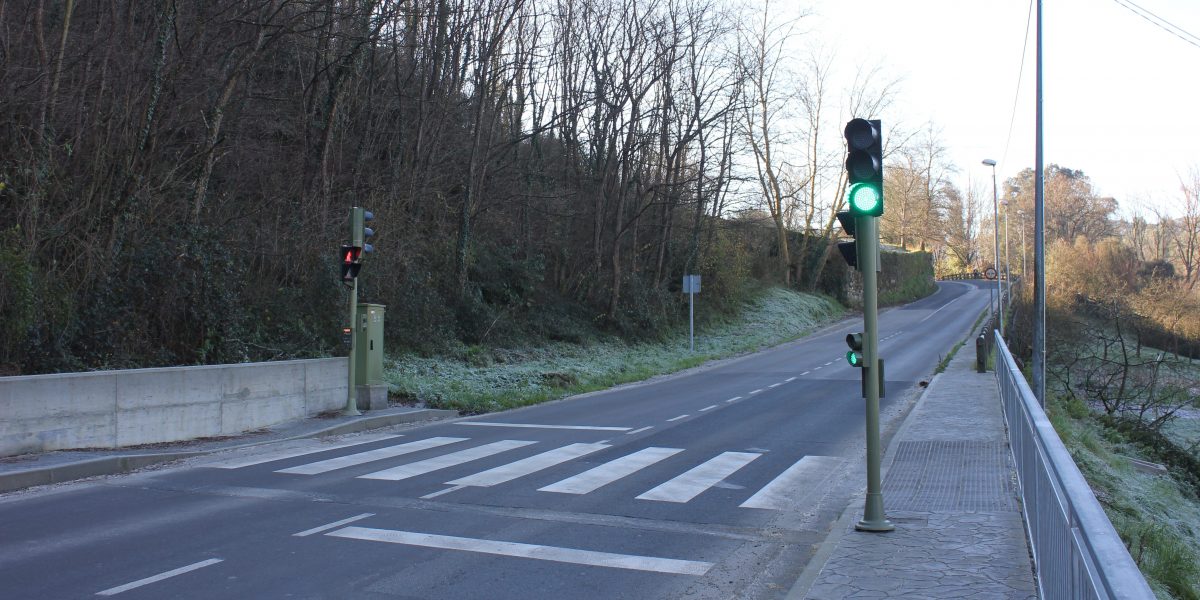Basque ethnography at a glance
The purpose of signalling devices like the lights in the photograph is well known to us all. Those in particular are the first traffic lights in the Valley of Carranza (Bizkaia), where I live, a once eminently rural area. The signals in question are part of the so-called ‘urban furniture’. Street lamps were installed several decades ago, to the delight of bats watching their nightly helping of food flutter to the light. Later came a few pavements, and down in the middle of the Valley, away from the reign of the cows, some ‘zebra crossings’ were painted.
The installation of the traffic lights did certainly give me food for thought. Over recent years an increasing process of urbanization is revealing its impact, and I am not referring to our efforts to cover the land with a heavy coat of concrete, but to the pervasive urbanism taking over our mentalities, transforming and standardizing them.
As an ethnographer and a disciple of José Miguel de Barandiaran, I am aware of the prominence given to rural communities in our line of research. Anthropologists who are critical of our work centre their objections precisely on the absence of fieldwork in major urban areas. The truth is that the world’s population concentrates more and more in ever larger cities growing out of control. It is a totally incomprehensible phenomenon from a rustic frame of mind.
I should like to be self-critical about the inability of rural men and women to reflect together about the good things of living in the countryside, as well as its drawbacks, so we could embrace the benefits the city can bring us, while preserving our values. I very much fear, however, my hopes are unlikely to come true, for we are prone to urban vices, to the detriment of our idiosyncrasies, and witnesses to a haemorrhage of people fleeing from our ruptured villages. If country folks fail to give it some careful thought, urban standpoints shall be imposed over all. Nowhere are the signs of discord more obvious than in the understanding of our relationship with animals. Peasant culture is thus menaced to end up piled away in ethnographic museums and reported in a handful of anthropological texts.
Older people have a clear knowledge of rural life, but rather than formulating their thoughts by way of structure description, they often make largely anecdotal comments which, duly examined, unveil their wise vision; and here is an instance. I took an elderly farmer from the Valley to the doctor’s sometime ago. Let me say that many folks of my parents’ —let alone grandparents’— generation visit the city only when they need to consult a specialist doctor. And waiting at a traffic signal, she said: “These people are so obedient! We use barbed wire or electric fencing to prevent livestock from crossing over; here, though, they stop when the little traffic light man goes red”.
Luis Manuel Peña – Ethnography Department – Labayru Fundazioa
Translated by Jaione Bilbao – Ethnography Department – Labayru Fundazioa


